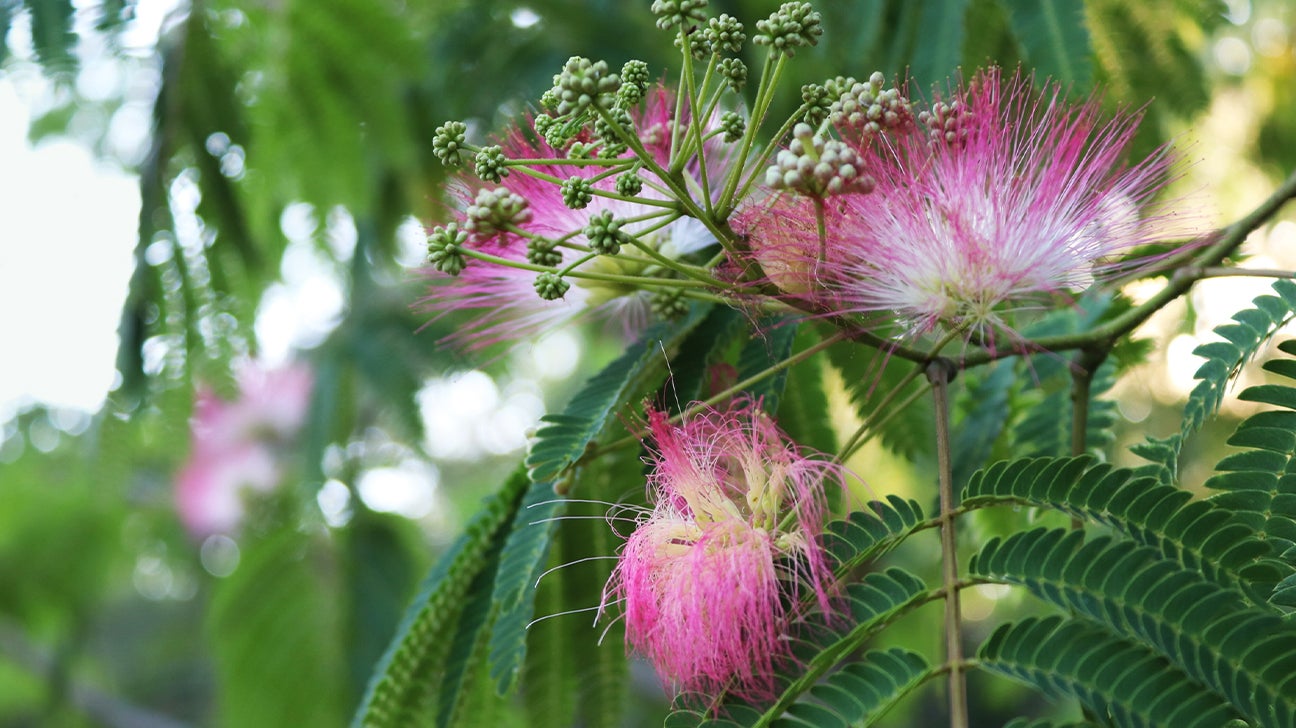Mimosa Hostilis: Character's Strongest Botanical Ingredien
Wiki Article

Mimosa Hostilis, also called Mimosa Tenuiflora, can be a amazing pure plant celebrated for its versatile Attributes and wide range of utilizes. Discovered primarily within the locations of Brazil and Mexico, this powerful botanical has received Worldwide recognition for its deep reddish root bark, full of advantageous all-natural compounds.
What Can make Mimosa Hostilis So Specific?
Mimosa Hostilis Root Bark is packed with all-natural aspects which have been used for hundreds of years by indigenous cultures. The bark is recognized for its deep purple-red coloration and its abundant material of tannins, all-natural dyes, and valuable compounds. Now, this incredible root bark is Utilized in several industries — from normal cosmetics and conventional crafts to organic and natural dyeing and holistic skincare.
Mimosa Hostilis Items

Mimosa Hostilis Root Bark – a hundred% Natural High-quality
Our Mimosa Hostilis Root Bark is ethically sourced and sustainably harvested. Every bit of bark is thoroughly chosen and Normally dried to maintain its colour, texture, and toughness.
Critical Functions:
- 100% normal and pure
- Ethically harvested in Brazil
- Free of charge from additives or chemical substances
- Full of purely natural tannins and color compounds
- Ideal for dyeing, crafts, and organic skincare
Mimosa Hostilis Powder – Convenient to use and Very Successful
For those who prefer a far more versatile type, our Mimosa Hostilis Powder is finely floor for easy use. The powder retains the exact same pure electric power because the bark but is easier to blend, blend, and retail store.
Why You can Like it:
- Finely milled for straightforward software
- Ideal for skincare, soaps, and craft dyes
- Deep normal pigment and wealthy aroma
- Lengthy shelf lifetime when saved effectively
Mimosa Hostilis Shredded – The right Stability
Our Mimosa Hostilis Shredded Root Bark offers the best of both equally worlds — simple handling and most potency. The shredded form makes certain that the normal elements are simply extracted when maintaining the bark’s integrity.
Mimosa Hostilis Chips – Traditional Form, Modern Use
Mimosa Hostilis Chips are quite possibly the most common and normal variety of this remarkable root bark. They're hand-Slash into small parts, great for extensive-term storage or custom preparing.
Sustainability and Ethics
We take pride in our determination to sustainability and ethical sourcing. Our Mimosa Hostilis Root Bark comes straight from verified growers who respect the environment and local traditions.
Purposes of Mimosa Hostilis
Mimosa Hostilis is known for its rich normal shade and impressive plant compounds, making it a superb component in:
- All-natural skincare and beauty goods
- Organic and fabric dyeing
- Handcrafted soap generation
- Cultural and inventive crafts
Why Select Our Mimosa Hostilis?
- High quality High-quality: We only resource the finest Mimosa Hostilis Root Bark from trusted suppliers.
- 100% Pure & Natural: No chemical substances, fillers, or synthetic elements.
- Sustainably Harvested: We assure eco-welcoming production and moral harvesting.
- Freshly Processed: Each get is diligently packed to preserve freshness and potency.
- Reliable Throughout the world: Employed by artisans, cosmetic brand names, and natural item creators throughout the globe.
Usually Questioned Thoughts
one. What exactly is Mimosa Hostilis used for?
Mimosa Hostilis is broadly Employed in organic dyeing, skincare, and mimosa hostilis crafting resulting from its rich pure color and useful compounds.
two. Is Mimosa Hostilis Root Bark safe to employ?
Indeed, when sourced responsibly and used for approved programs like cosmetics or crafts, it’s wholly Harmless and organic.
three. What’s the distinction between shredded and powdered bark?
Shredded bark is coarser and ideal for infusions; powdered bark is okay and able to blend immediately into recipes or dyes.
four. How should I retail outlet Mimosa Hostilis goods?
Retail outlet in a interesting, dry position away from sunlight to maintain freshness and colour. Report this wiki page